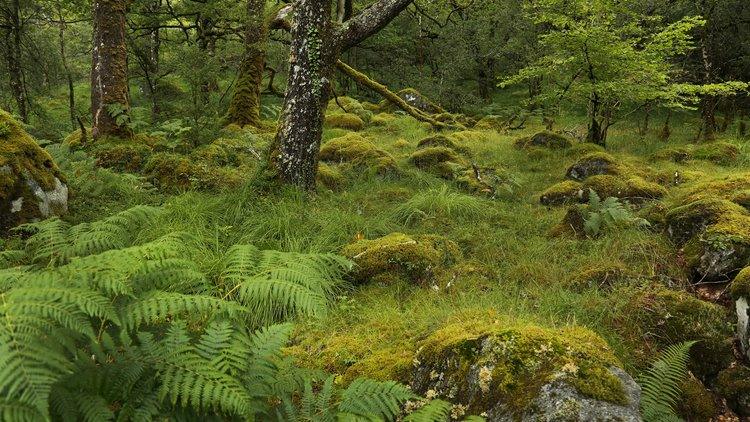How experts are trying to save tiny dormice from extinction
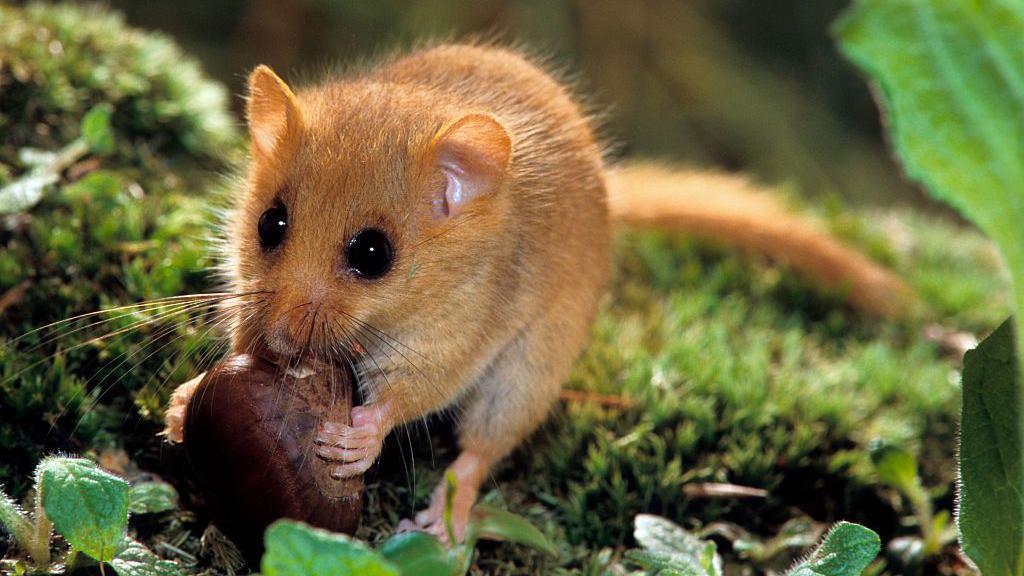
The body of a hazel dormouse is usually just 6–9cm long
- Published
Experts have released ten tiny, endangered dormice in Bedfordshire to help save them from becoming extinct.
The hazel dormice population has shrunk by 70% since 2000, and have disappeared from 20 English counties.
One expert said climate change was making it harder to protect the species.
But conservationists are hoping to bring the numbers back up.
New funding for rare creatures in England
- Published14 September 2023
Experts say more needs to be done to protect UK wildlife
- Published28 September 2023
What are lichen, and why do we need to protect them?
- Published21 October 2023
What are hazel dormice?
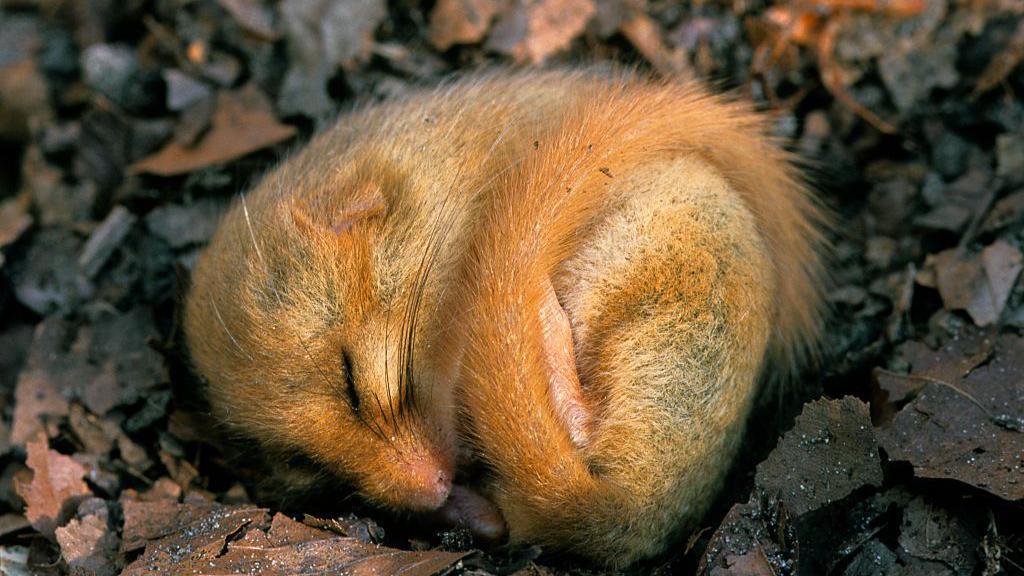
The dormice wrap their tail around themselves to stay warm while hibernating
Hazel dormice are very difficult to spot, measuring no more than 6–9cm in length.
They typically do not weigh more than 40g.
These tiny creatures prefer to live in woody areas, and by now are mostly found in the south of England and Wales.
In winter the dormice come down from the trees to hibernate, curling up into a ball to sleep for up to seven months.
What's being done to protect them?
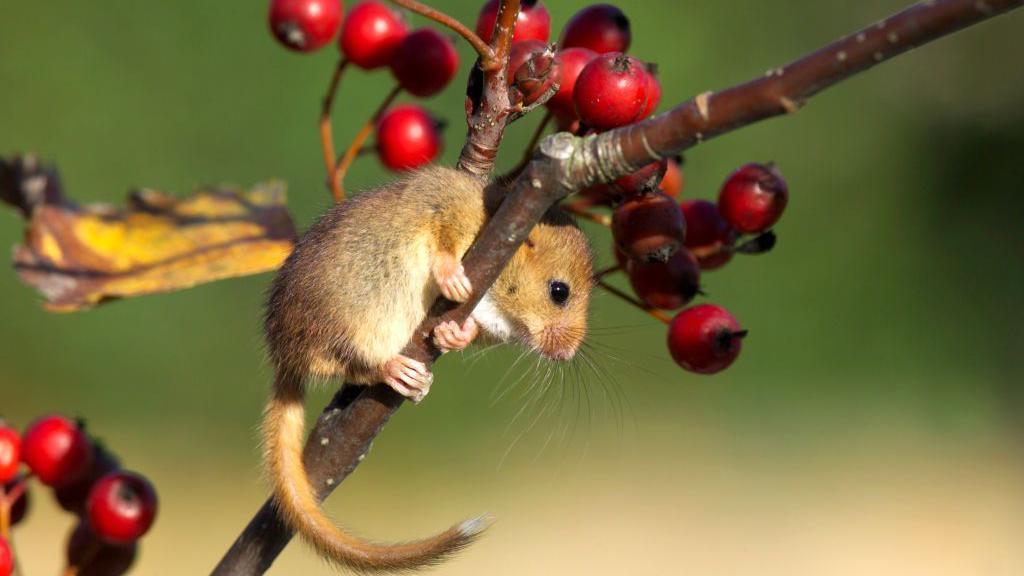
Hazel dormice have a varied diet, from berries and nuts to flowers and insects
Conservationists – experts who try to protect animals and nature – bred 10 new dormice to help boost the species.
They've now been released into woodland in Bedfordshire.
At first they will live in nest boxes to help keep them safe, which are filled with leaves, nuts, berries and water.
They will then be released into nature, where the experts hope they will breed with the dormice already living there and help the population grow.
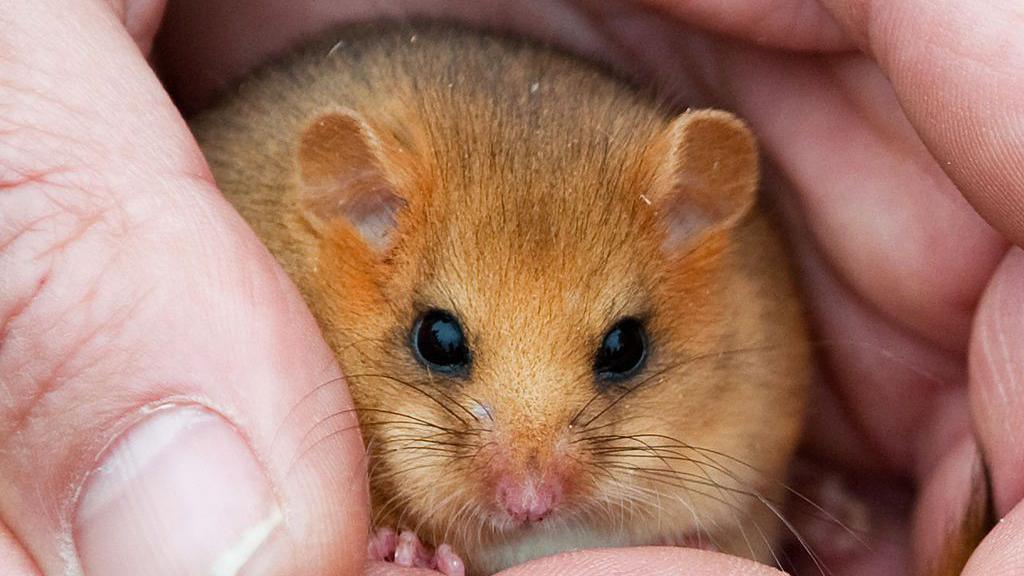
It's very difficult to spot hazel dormice in the wild
Climate change makes it harder to protect dormice, according to dormouse officer Ian White from the People's Trust for Endangered Species, one of the charities involved in the dormice conservation.
Flooding, warmer winters and wetter summers are all threats to the dormice, he explained.
"But what we can do is make the habitat as good as we can to make it as resilient as we can."
Later this month, another 10 dormice will also be released into woodland in Lancashire.
And earlier this year, a bridge was built for dormice in the Forest of Dean to help connect their habitats.
- Published28 September 2023

- Published14 September 2023
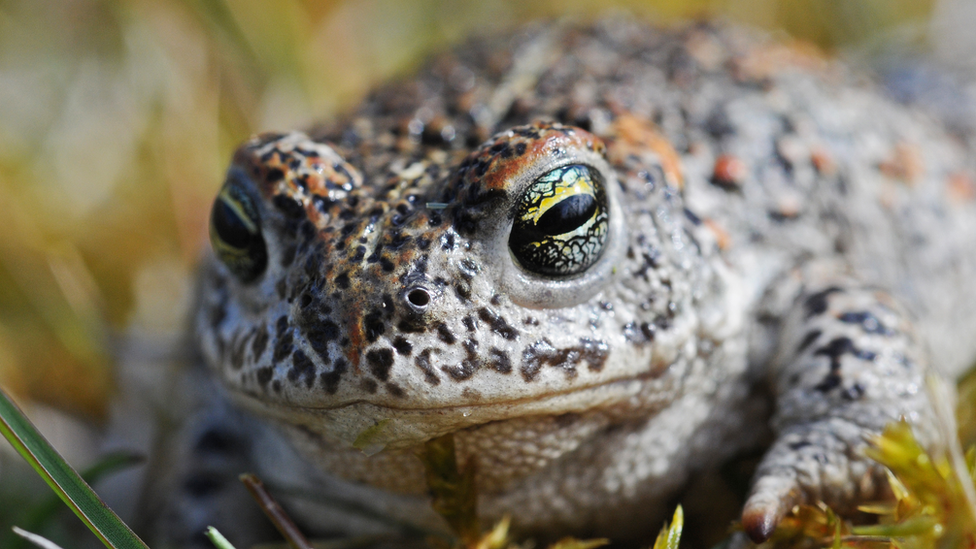
- Published12 June 2023
